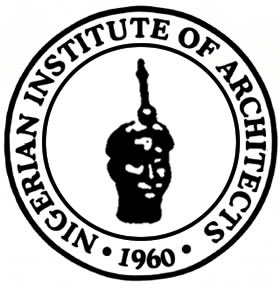The National Institute of Architects has called for the implementation of the National Building Code, to avert building-related tragedy in the country.
The President of the Nigerian Institute of Architects, Enyi Ben-Eboh made this call following the recent elevator incident at the General Hospital, Odan, Lagos State, which led to the death of Dr Diasco Vwaere.
Ben-Eboh noted that it was the failure of risk ownership that had led to many building-related tragedies such as building collapses at the construction stage, fire outbreaks, post-construction building collapses, vertical transport system failures, heating, ventilation, air conditioning, and air handling system failure, among others.
He said, “In recognising the shortcomings of our maintenance culture, the former President of Nigeria, Muhammadu Buhari GCFR, on April 5, 2022, signed Executive Order 11, which focuses on the maintenance of our National public buildings and culminated in the setting up of the Federal Public Assets Maintenance Department. “While such interventions are commendable, it is important that our nation departs from the soiled approach in policy formulation and implementation to an all-encompassing approach that is simple and collaborative across all tiers of Government and society.
“Firstly, the government must complete all the reviews of the National Building Code and ensure its signing into law for full implementation. Furthermore, all state governments as a matter of priority must commence and conclude the process of domestication of the National Building Code.”
He also urged state governments to domesticate the spirit and intent of Executive Order 11 by setting up State Public Assets Maintenance Agencies, to oversee the maintenance of state-owned public buildings in all states in the country.
“These agencies must also have oversight powers to enforce maintenance of public buildings owned by private entities,” Ben-Eboh noted.
According to the NIA president, the institute and allied professionals within the built environment have the competence and experience and are ready to collaborate with the government at all levels in the establishment and operation of the agencies.
He added, “It is imperative that an integrated systems-driven approach is implemented, one which is collaborative in nature, competence driven, transparent and accountable.
“It is inevitable that we will not only design and erect taller buildings, but we will also deploy more advanced technologies to operate them. Simplified maintenance systems that utilise clearly identified risk-based responsibility matrix plans will help in the maintenance of our buildings nationwide with the more complex ones requiring more regulatory oversights and periodic inspections.”

